
Microsoft provides Windows Subsystem for Linux or WSL as a means for Windows users, who want to use Linux-based systems as part of their work or needs.
Usually, users can either dual-boot Windows and Linux or use Linux inside a VM, etc. But these are resource-hungry options.
WSL allows users to use the robust Linux systems inside Windows and run Linux commands and GUI apps natively.
By default, Ubuntu is available in WSL from its beginning. But some time ago, openSUSE also announced that their Leap variant will be available in Windows Subsystem for Linux.
In this tutorial, you’ll learn to install openSUSE Leap inside WSL. You’ll also learn to run GUI apps within it.
Step 1: Install WSL (if you don’t have it already)
Recently, Windows Subsystem for Linux was released as a stable version from Preview and it is now downloadable as an app from Microsoft Store.
To use this method, you must be running Windows 10 version 2004 + (Build 19041 and higher) or Windows 11.
If you are using an older version, please follow this tutorial to install WSL.
Enable virtualization
Before installing WSL, you should ensure that the Virtual Machine Platform feature is turned on in Windows.
For this, search for “Turn on features” in the start menu and open it as shown below.
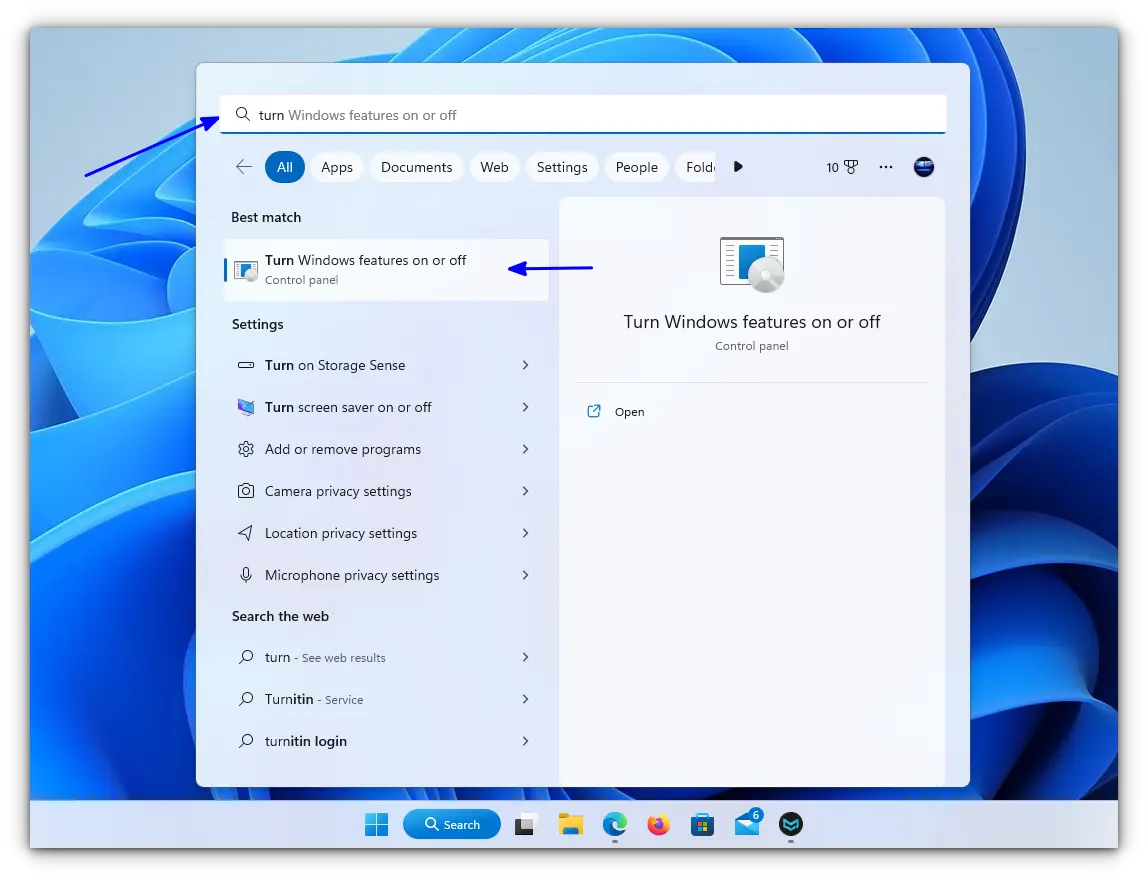
Inside the dialog box, scroll down and turn on “Virtual Machine platform”.
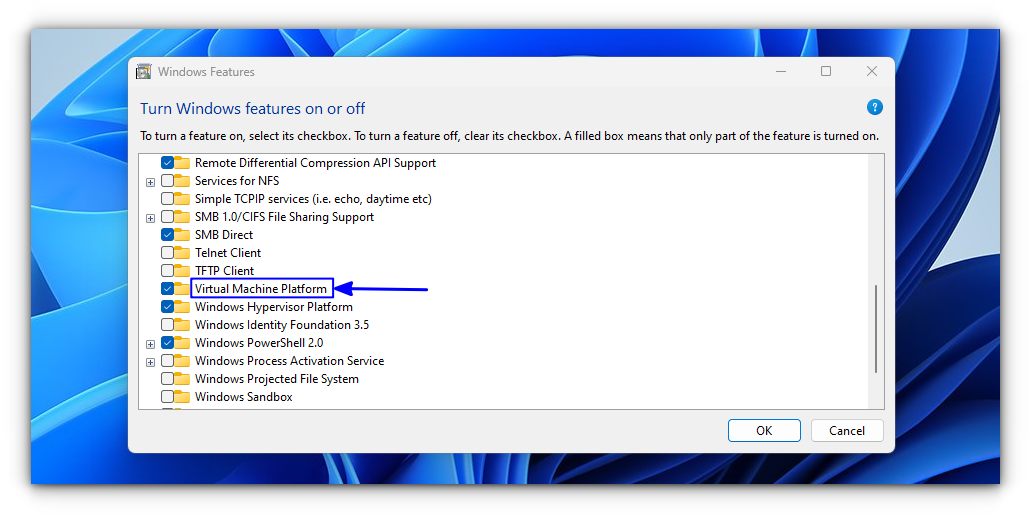
Pressing OK will ask for a reboot. As recommended, reboot your system to apply the settings.
Install WSL app from Microsoft Store
Open the Microsoft store and Search for Windows Subsystem for Linux.
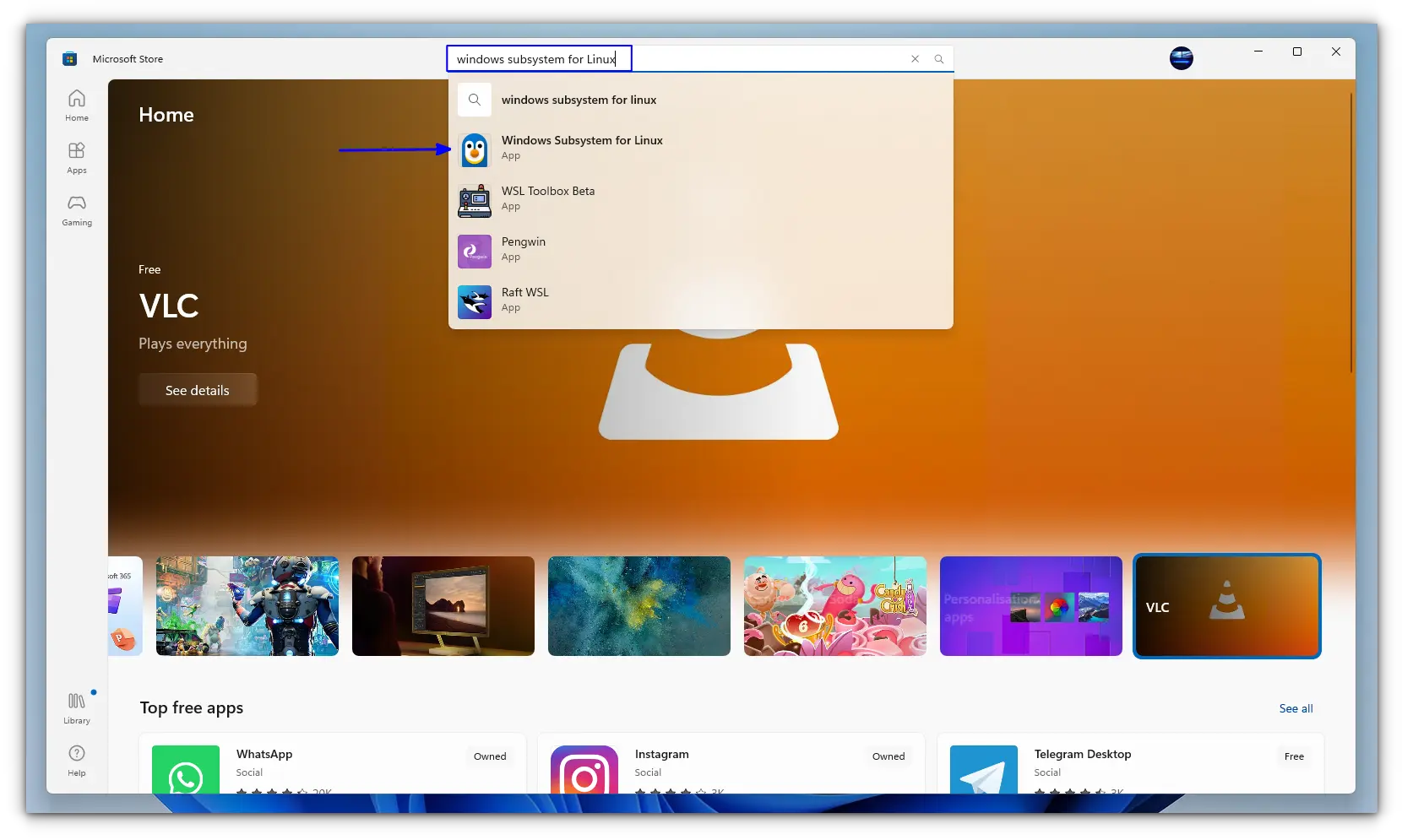
Install the app by pressing the corresponding install button on WSL Page.
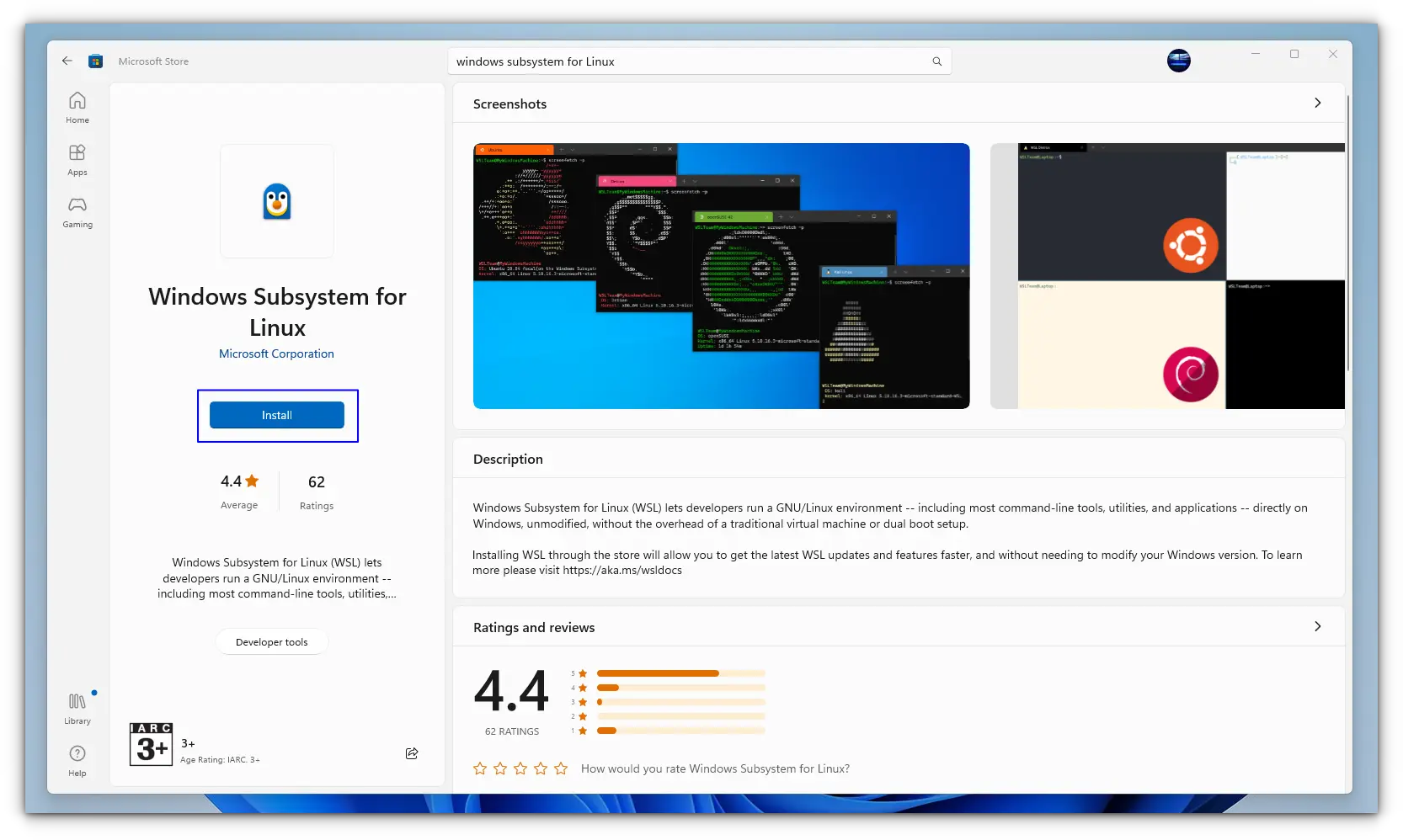
Step 2: Install and configure openSUSE in WSL
You have installed WSL. Now, you want to install openSUSE.
For that, search for openSUSE in Microsoft Store. Here, I am using openSUSE Leap, their stable version.
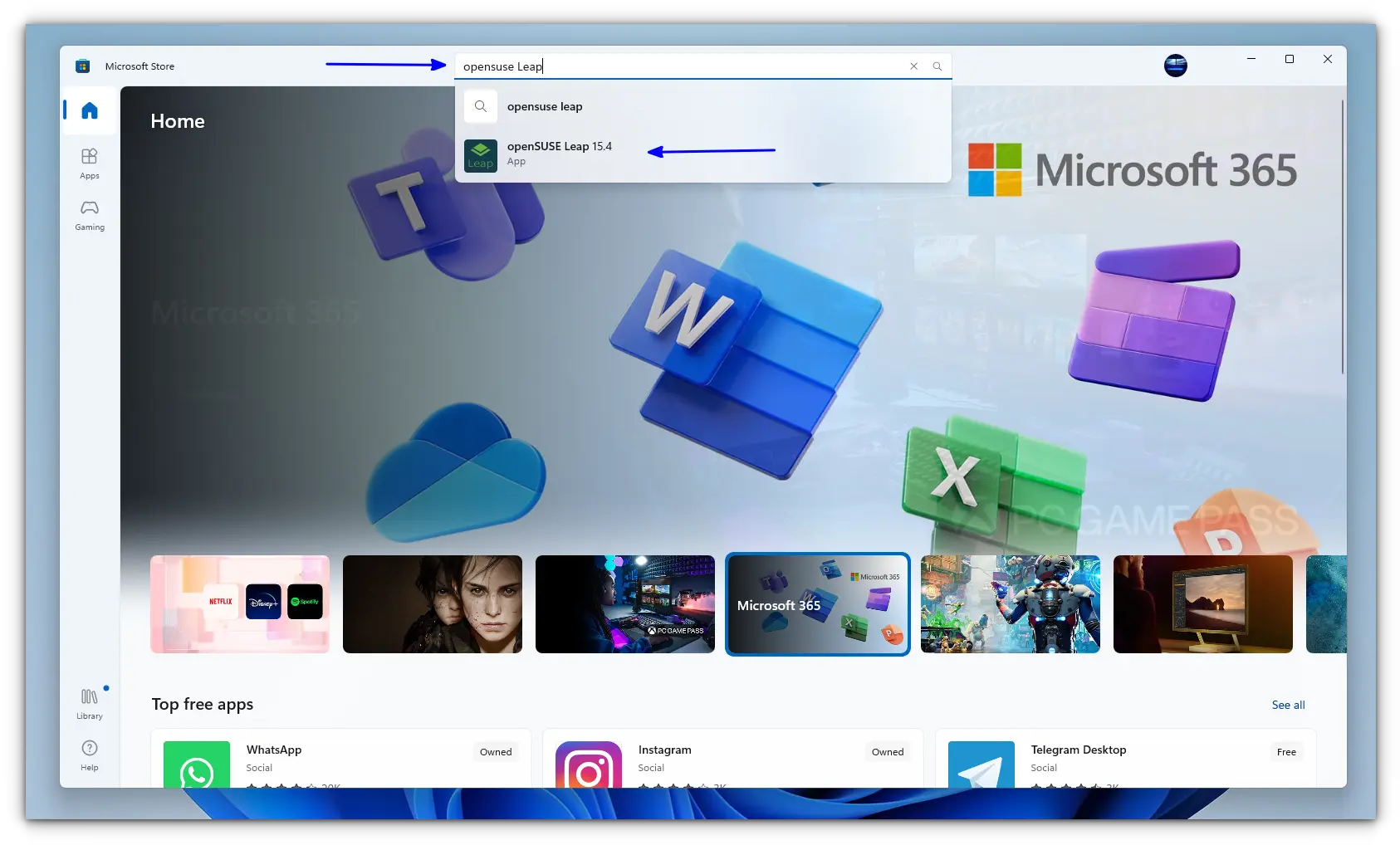
Install the openSUSE app from Microsoft Store.

Once installation is completed, open openSUSE from the start menu.
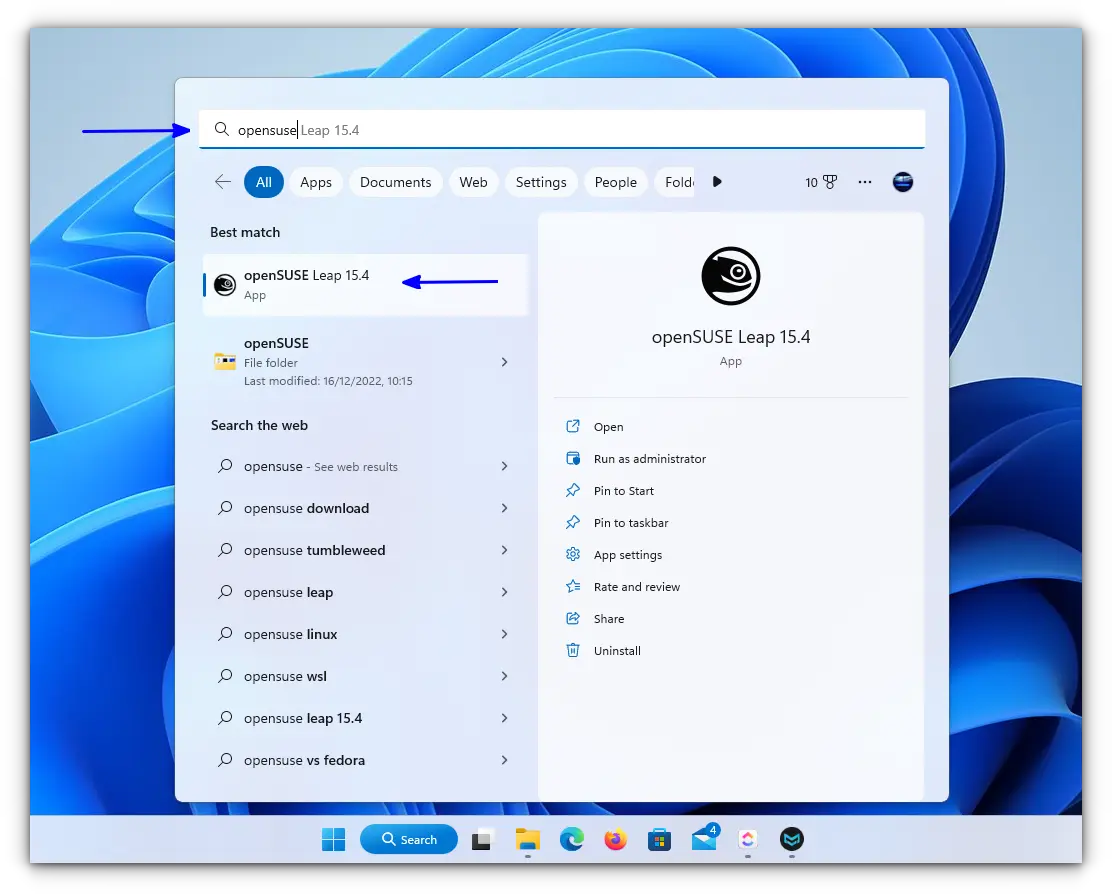
You will see “Installing…” in an opened terminal. Let it complete some initial configuration setups.

You will now be in the YasT environment configuring your openSUSE instance. Here, your mouse won’t work. To move between menu items, use the TAB key. So on the first screen press Next.
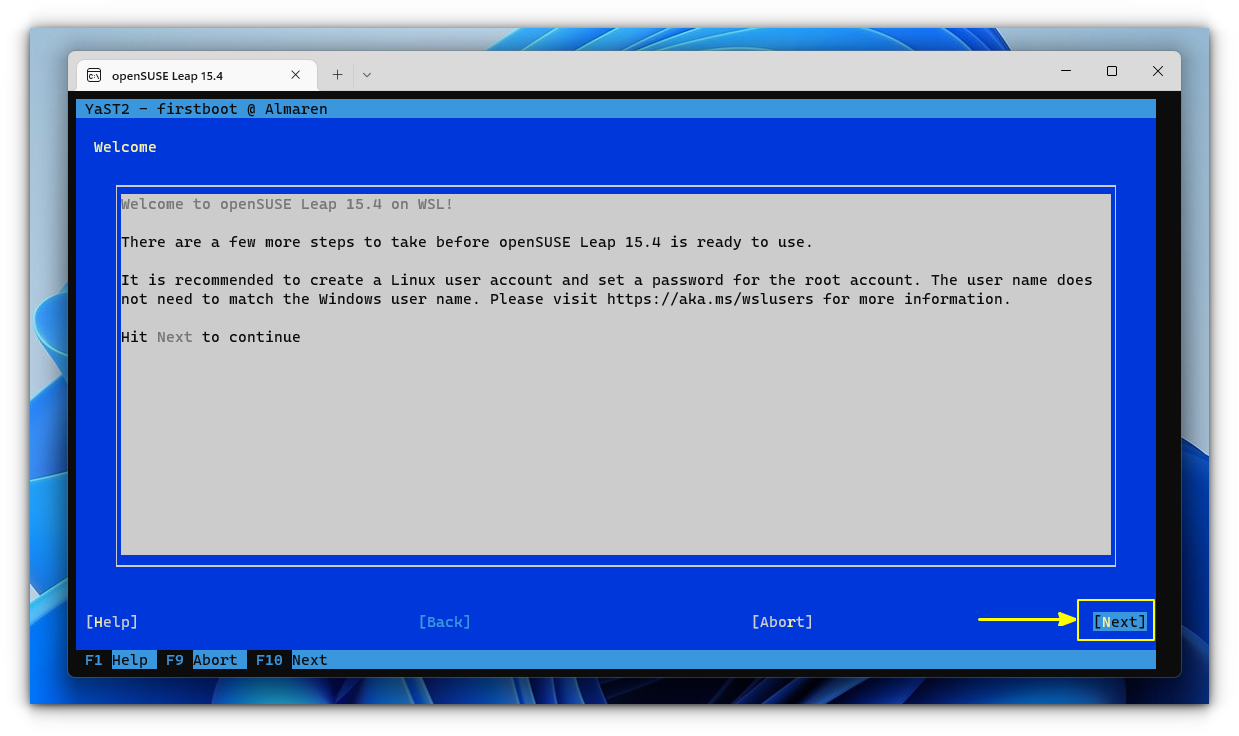
You will now want to accept the EULA license agreement.
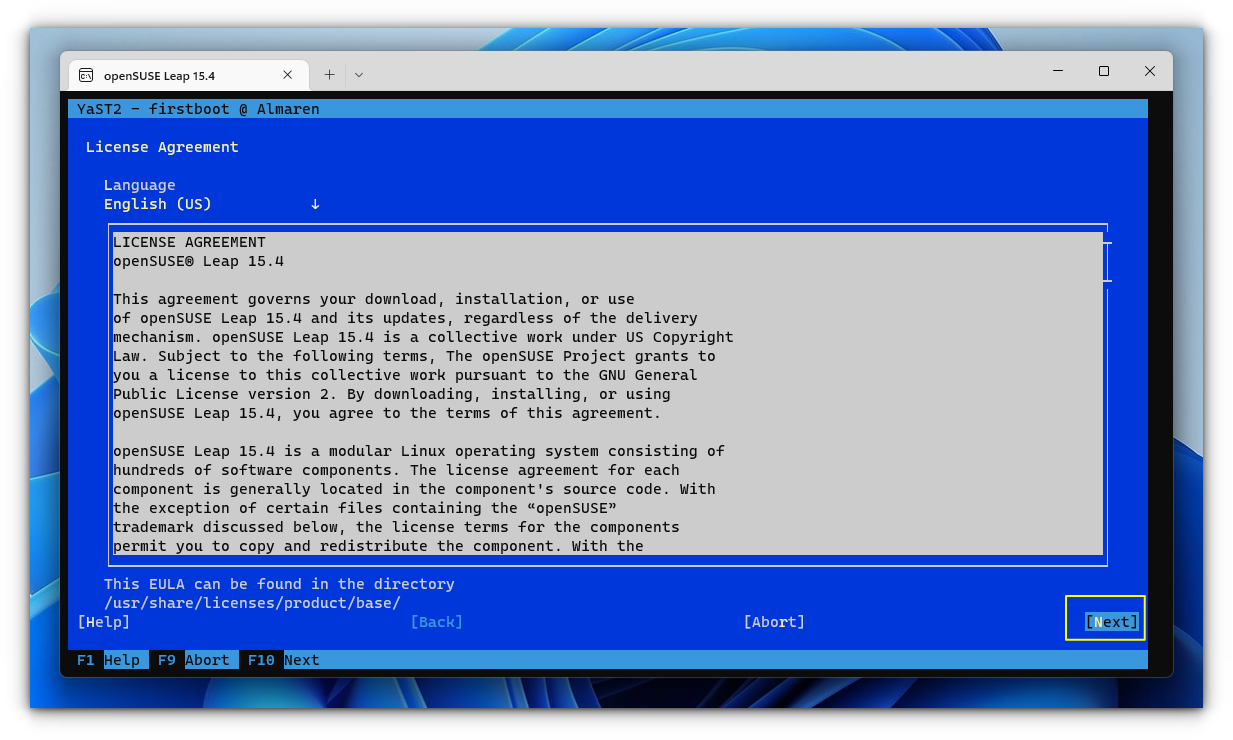
After pressing next, you will be asked to enter the user credentials for your openSUSE, like username, password, etc. Enter those details. You can use the TAB key to move from one field to another.
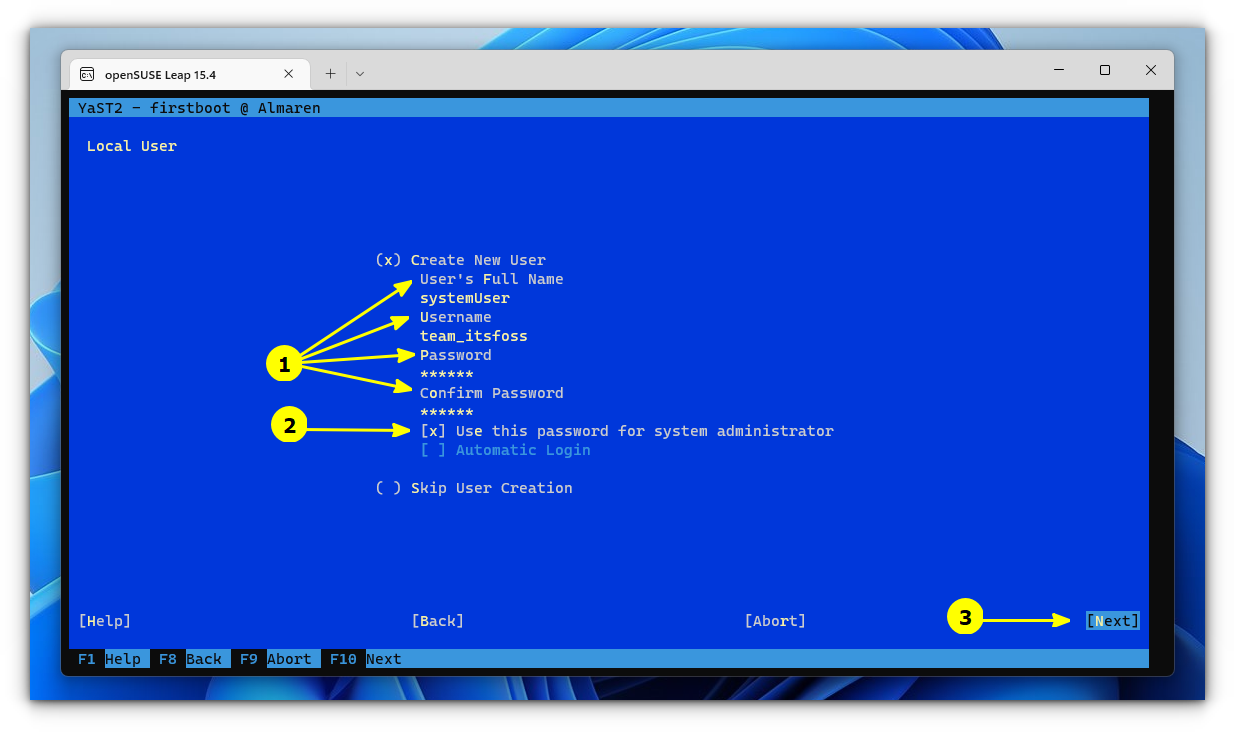
It will prompt a dialog if you have entered a weak password or a password with only digits. Press “Yes” to continue.
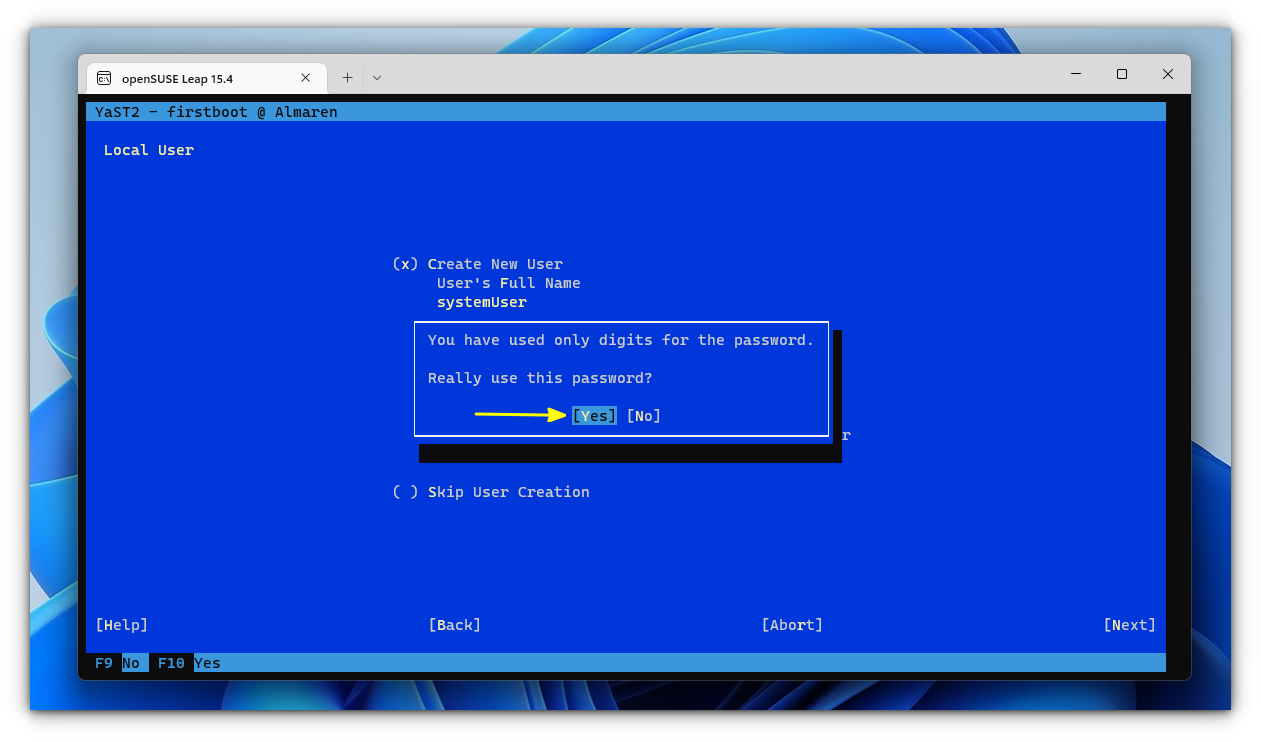
You can now press “Finish” to complete the setup.
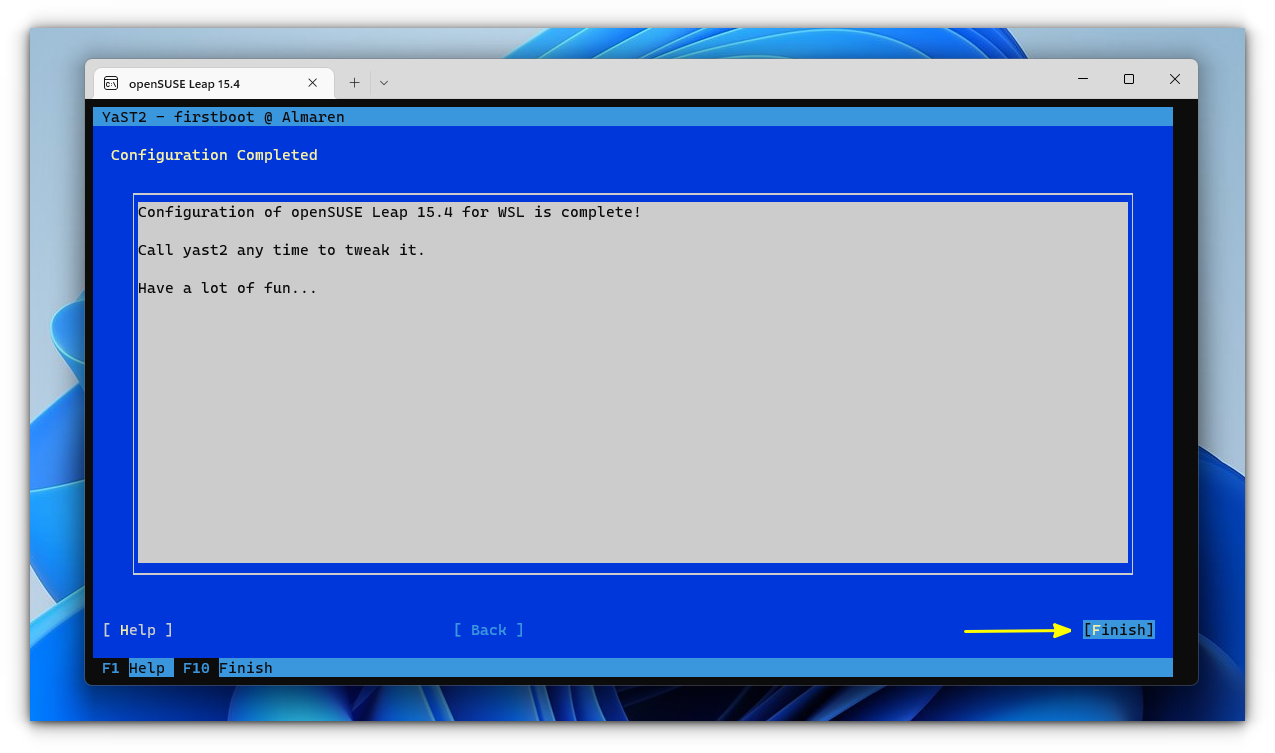
That’s it. You will be no inside the terminal interface of openSUSE.
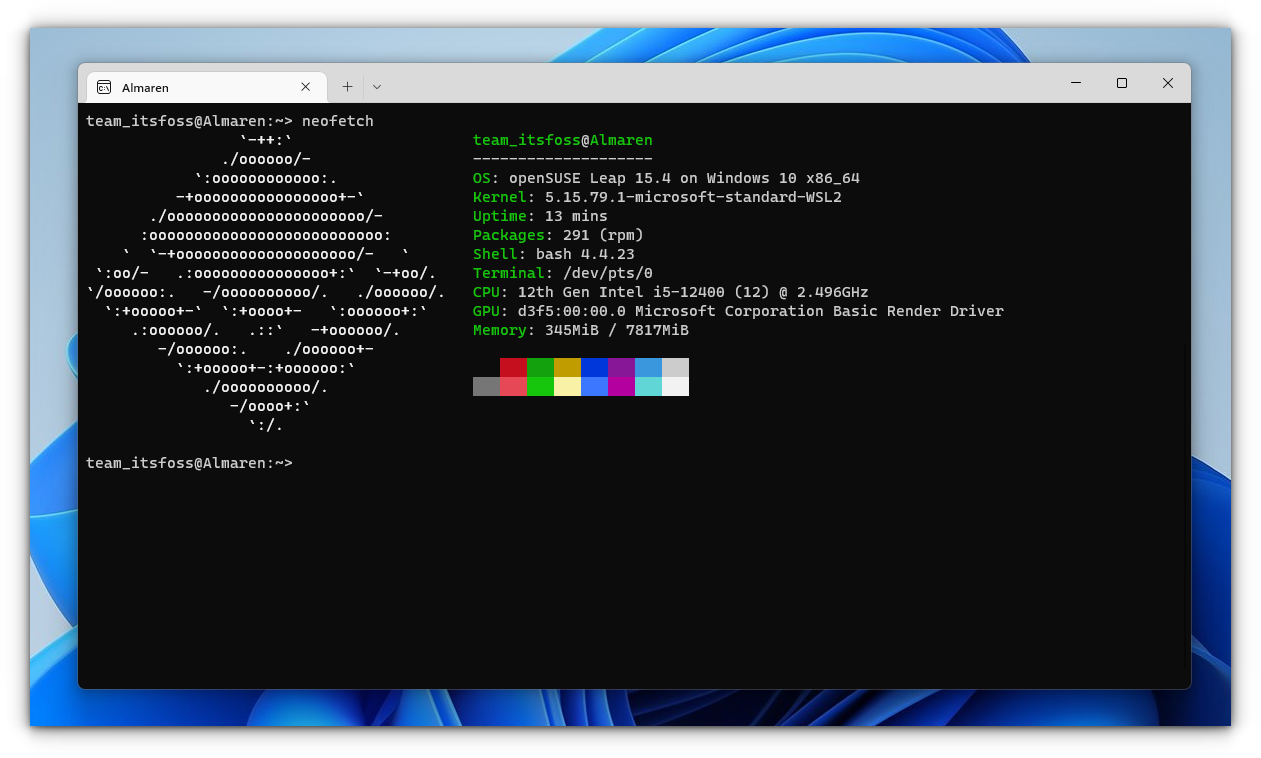
Once inside, you should update your openSUSE system. For this, run the following command inside openSUSE.
sudo zypper refresh
sudo zypper updateYou can enjoy openSUSE in the terminal and run the Linux commands and tools. However, you are not limited to the command line anymore.
Optional step 3: Using GUI applications in openSUSE on WSL
To install GUI apps in openSUSE, first install the wsl_gui pattern from openSUSE, which will fetch all the required dependencies.
sudo zypper in -t pattern wsl_guiAdditionally, you can install wsl_base and wsl_systemd in the same manner. For any other explanations, refer to the openSUSE documentation on WSL.
Now, you can install GUI apps from the official repository. For example, install Gedit and nautilus file manager through:
sudo zypper in gedit nautilusOnce installed, you can run them by entering gedit or nautilus in the openSUSE command line. Also, the installed apps are available through the Windows start menu, under openSUSE.
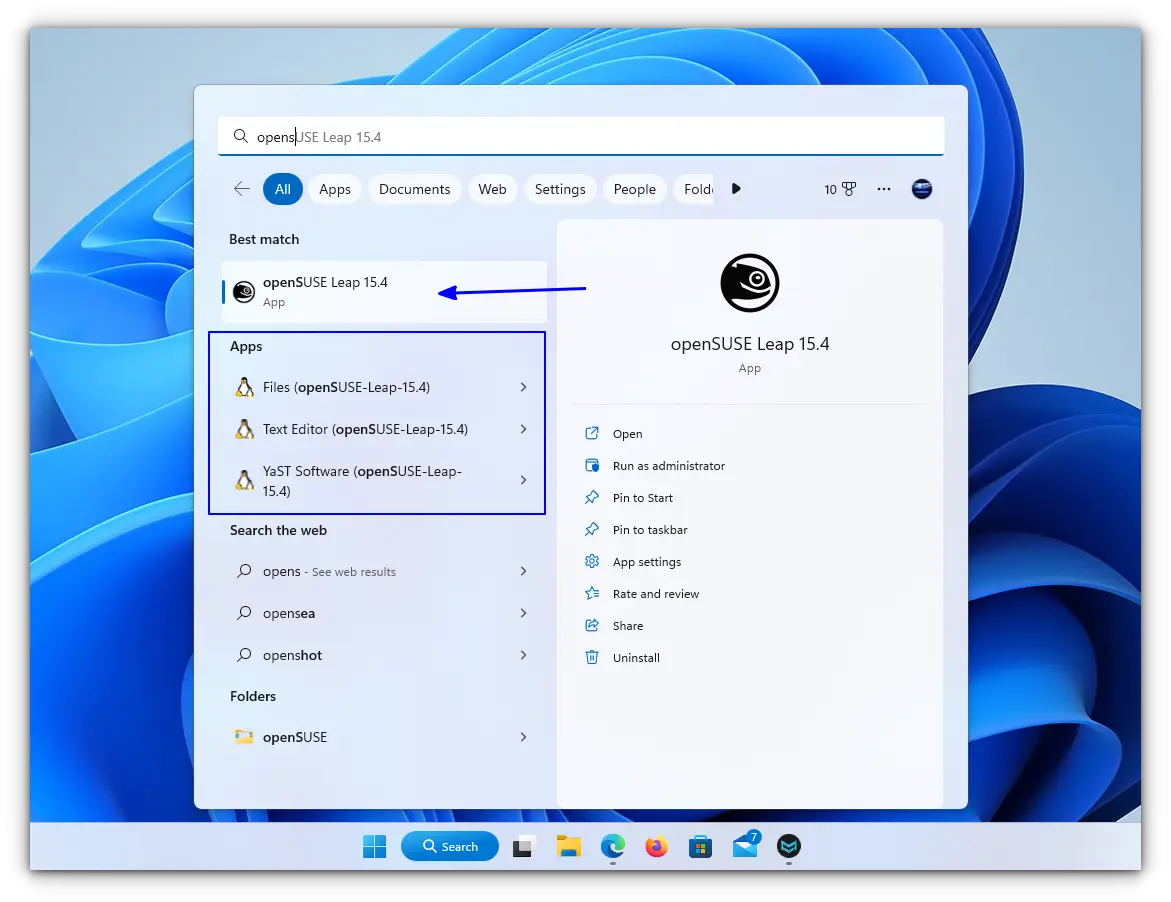
You can open them or pin them to the taskbar.
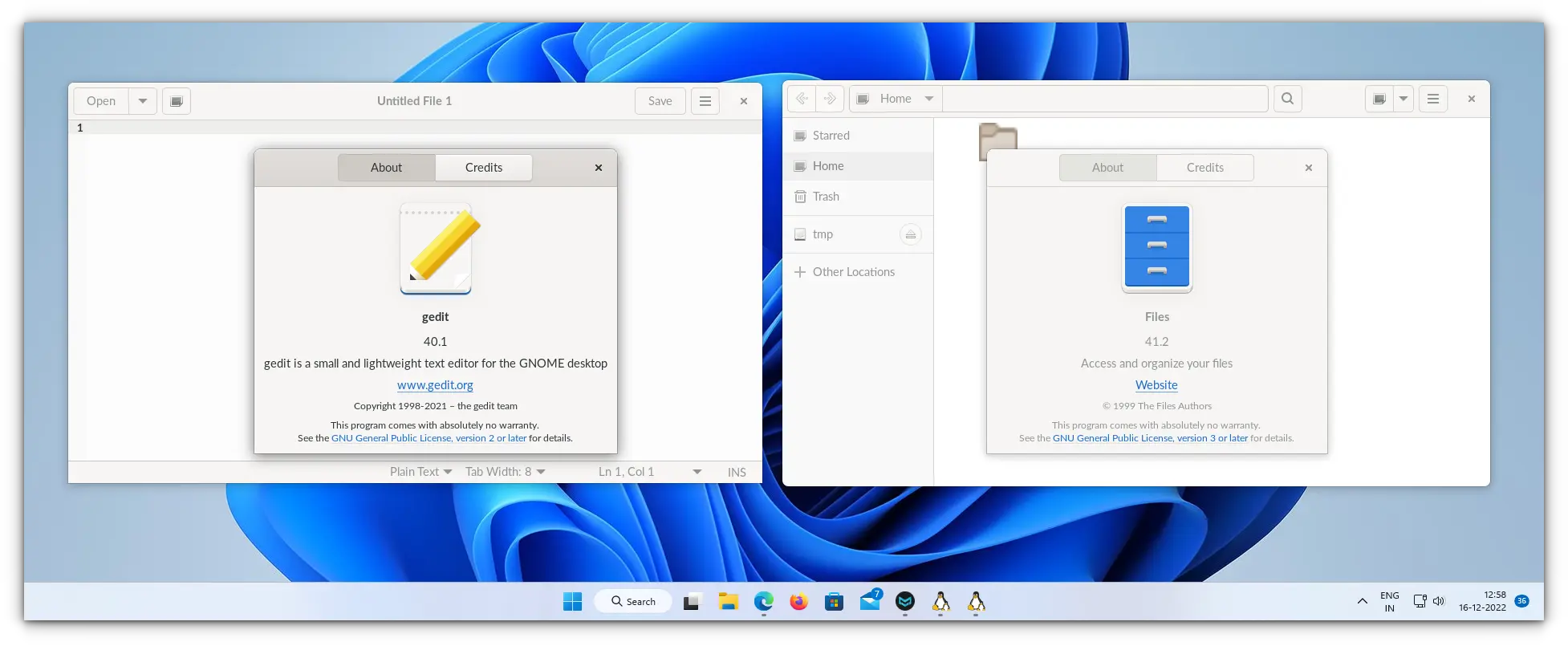
Conclusion
That’s awesome! You can now enjoy the delicacy of Linux right inside Windows. This is certainly helpful for people who have to work occasionally with Linux.
Of course, for a more serious and complete experience, you should go and install openSUSE or the choice of your distro directly on your system.
I hope this tutorial was helpful in installing openSUSE on WSL. Please let me know if you face any issues.

